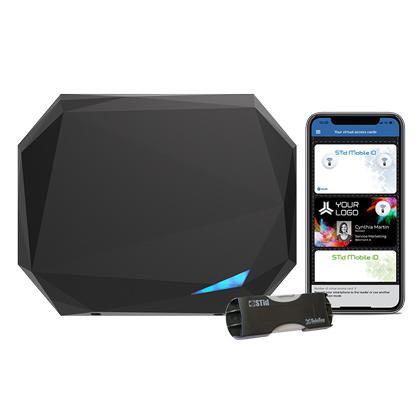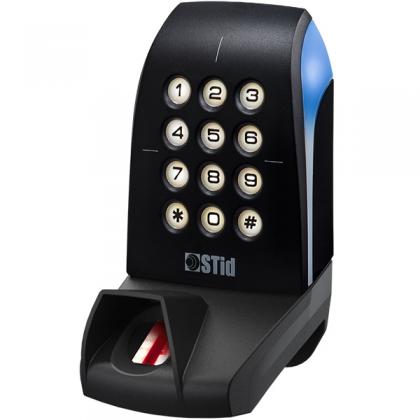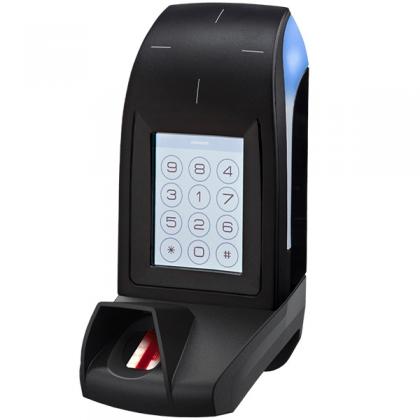The Smarter Way to Control Vehicle Access: UHF vs. ANPR
Managing vehicle access efficiently is more important than ever for car parks, logistics hubs, gated communities and high-security sites. The right technology can mean the difference between seamless, secure entry and frustrating traffic bottlenecks. Two leading solutions dominate the market - Ultra High Frequency (UHF) RFID and Automatic Number Plate Recognition (ANPR).
In this article, we’ll explore the key differences between UHF and ANPR, highlight their advantages and limitations, and reveal why the STid SPECTRE Nano is revolutionising long-range vehicle identification.
The growing need for Long-Range Vehicle Access Control
Efficient and secure vehicle access control is a critical requirement across a wide range of sectors, including commercial parking facilities, residential complexes, distribution centres and industrial sites. With the increasing demand for seamless traffic flow and enhanced security, organisations are turning to advanced access credential technologies to manage vehicle entry and exit effectively.
Traditional access control methods, such as keypads, RFID proximity cards and manual verification, often cause bottlenecks, slowing down traffic throughput and reducing efficiency. For high-traffic environments such as logistics hubs and large corporate parking facilities, stopping vehicles for identification is not only inconvenient but also inefficient. This is where long-range access credentials come into play, enabling vehicles to be identified and granted access without requiring a full stop.
Among the most popular long-range solutions are Ultra High Frequency (UHF) RFID technology and Automatic Number Plate Recognition (ANPR) cameras. While both have their applications, UHF consistently proves to be the more efficient, versatile and reliable choice.
Understanding Long-Range UHF Access Control
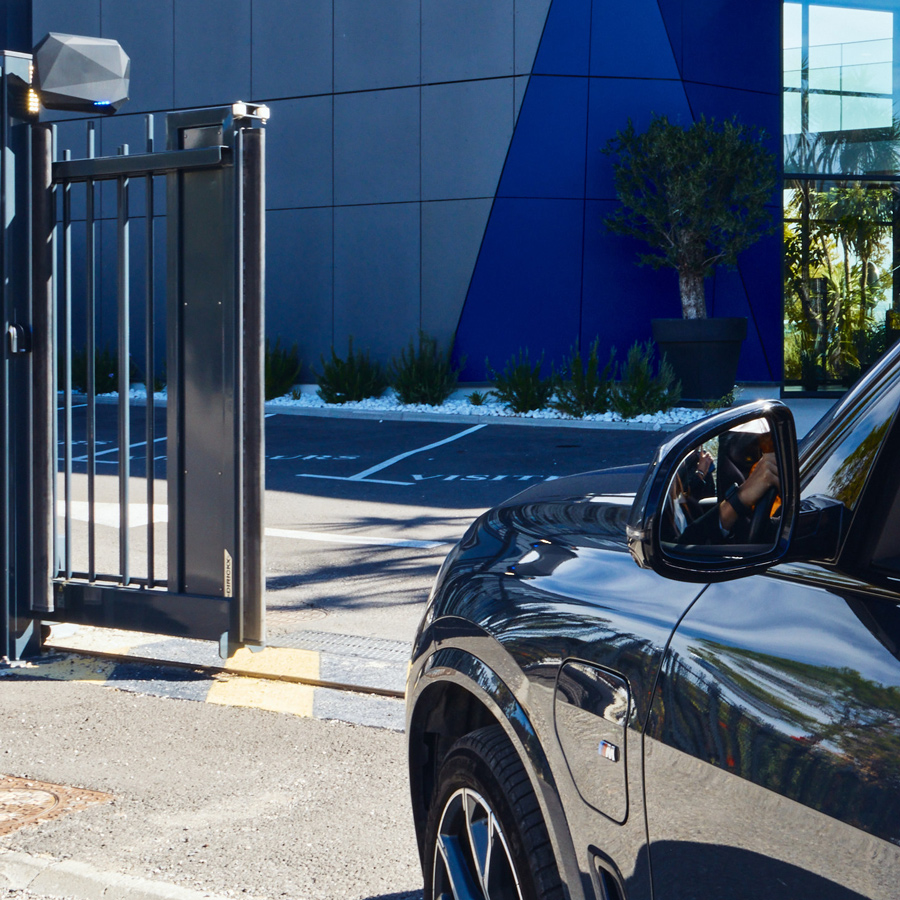
Long-Range UHF systems utilise radio frequency identification (RFID) technology to identify vehicles equipped with passive UHF tags. These tags, affixed to vehicles, communicate with UHF readers to grant or deny access, based on predefined credentials. The technology is widely used in parking access control, gated communities, toll roads and high-security industrial sites.
Advantages of UHF Access Control:
-
Accuracy in Diverse Conditions
UHF readers maintain high accuracy regardless of environmental factors. Unlike optical systems, they are unaffected by weather conditions, dirt, or non-standard license plates, ensuring consistent performance.
-
Universal Compatibility
UHF systems are not affected by vehicle type; therefore vehicles without traditional license plates, such as construction equipment, motorcycles and delivery trucks are not adversely affected. This versatility makes UHF ideal for diverse applications.
-
Speed and Efficiency
With a reading range of up to 6 metres, UHF readers allow vehicles to pass through access points without stopping, enhancing traffic flow and reducing congestion. This is particularly beneficial for logistics hubs and distribution centres where efficiency is paramount.
-
Enhanced Security
UHF technology supports advanced encryption, protecting data from unauthorised access and spoofing attempts, thereby offering a higher level of security compared to some optical systems.
Exploring Automatic Number Plate Recognition (ANPR) Cameras
ANPR systems use optical character recognition to read vehicle license plates, cross-referencing them with a database to manage access control. While widely used in city surveillance and parking enforcement, ANPR systems present several challenges when applied to high-throughput environments.
Advantages of ANPR:
-
Non-Intrusive Identification
ANPR does not require additional hardware on vehicles, relying solely on existing license plates for identification.
-
Integration with Law Enforcement Databases
ANPR systems can be linked to law enforcement databases, aiding in the identification of unauthorised or stolen vehicles.
Challenges with ANPR:
-
Variable Accuracy
ANPR accuracy can be compromised by factors such as poor lighting, adverse weather conditions, dirty or damaged plates, and non-standard plate formats. -
Limited Compatibility
Vehicles without standard license plates, including certain motorcycles and construction equipment, may not be accurately identified by ANPR systems. -
Slower Processing Times
ANPR often requires vehicles to slow down or stop for accurate reading, potentially causing delays during peak traffic periods. -
Vulnerability to License Plate Cloning
ANPR systems rely solely on plate recognition, making them susceptible to license plate cloning or spoofing. Fraudsters can duplicate legitimate plate numbers and attach them to unauthorized vehicles, compromising security.
UHF Technology and the STid SPECTRE Nano
Chris Edwards, of access control specialists CIE, emphasises the advantages of UHF technology in transport access control applications. He explains, “For applications where speed and reliability are key, UHF technology offers a seamless solution. Unlike ANPR, which relies on plate visibility, UHF readers provide instant authentication, ensuring fast and frictionless access control.”
"Unlike ANPR, which relies on number plate visibility, UHF readers provide instant authentication, ensuring fast and frictionless access control.”
When discussing the benefits of STid’s latest solution, Chris adds, “The STid SPECTRE Nano is a game-changer in long-range vehicle identification. It combines UHF and Bluetooth technology, allowing dual verification of both vehicles and drivers. This makes it an ideal choice for car parks, logistics hubs, and corporate facilities where high throughput and security are priorities.”
Conclusion: The Benefits of the STid SPECTRE Nano Long-Range UHF Reader
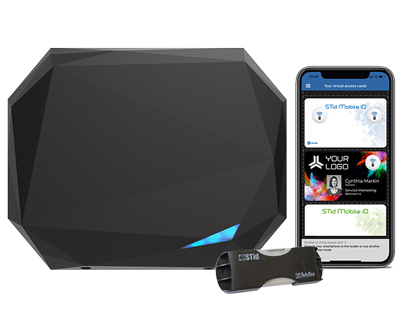 When evaluating vehicle access control solutions, UHF technology offers significant advantages in terms of accuracy, compatibility, efficiency, and security. The STid SPECTRE Nano Long-Range UHF Reader exemplifies these benefits, providing a compact yet powerful solution for vehicle identification.
When evaluating vehicle access control solutions, UHF technology offers significant advantages in terms of accuracy, compatibility, efficiency, and security. The STid SPECTRE Nano Long-Range UHF Reader exemplifies these benefits, providing a compact yet powerful solution for vehicle identification.
The SPECTRE Nano combines UHF and Bluetooth technologies, enabling dual identification of vehicles and drivers over distances up to 6 metres. Its compact size and robust design make it suitable for various environments, ensuring reliable performance even in harsh conditions. By integrating with the STid Mobile ID ecosystem, it allows for seamless use of virtual cards via smartphones, enhancing user convenience and security.
In summary, for organisations seeking a reliable, efficient, and secure vehicle access control system, UHF technology, particularly when implemented through advanced solutions like the STid SPECTRE Nano, presents a compelling choice over traditional ANPR systems.
